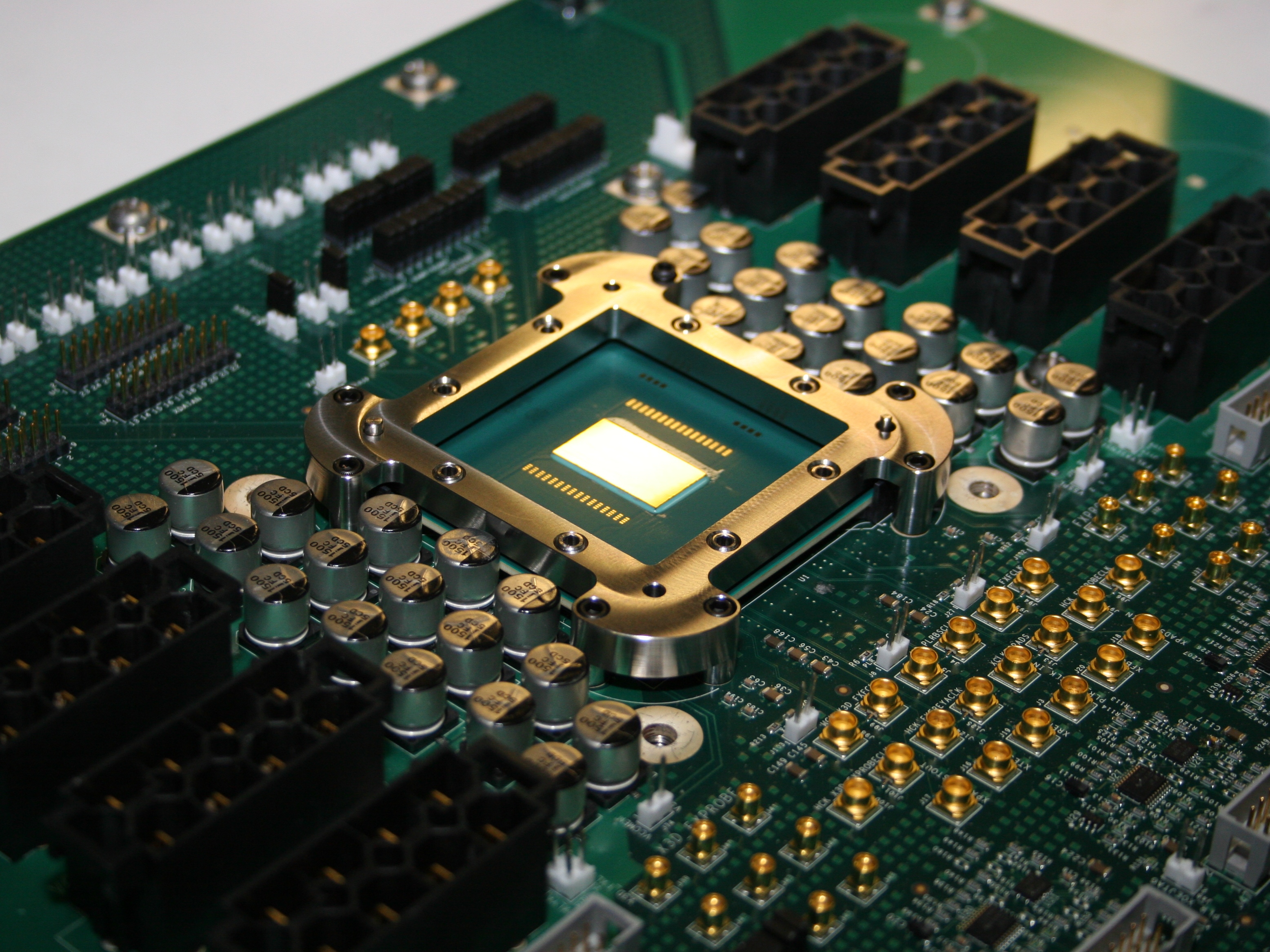Intel 80-core processor makes its debut
Can make one trillion calculations per second

There's no limit to how many cores can be crammed into a processor. That seems to be the message that Intel wants to send out following its presentation of a new, 'revolutionary' 80-core processor chip at the Integrated Solid State Circuits Conference in San Francisco this morning.
Intel's new Teraflop Chip has 80 separate processing engines and has the same output as a supercomputer, at 1.01 Teraflops. It only draws 62 watts of power, and can transfer 80 billion bytes per second among its internal cores.
The chips will be used in standard desktop, notebook, and server computers within five years, Intel said.
The test chip measures 275 square millimetres, making it about the same size as a current generation Xeon server processor.
Intel's vision is that advanced calculations will be performed on office computers using the chip in the future. Nitin Borkar, one of the chip's designers, said the chip would be capable of doing a simple scientific calculation at speeds above one trillion mathematical calculations per second.
During the demonstration, Justin R. Rattner, Intel's chief technology officer, said the new chip design would help enable several futuristic computing applications. One of these was an automated video editing tool that would, for example, allow a computer to create a digital sports highlights video featuring a user's favourite players.
A second demonstration showed motion capture technology - a technique that reproduces human forms in action - relying only on digital video cameras and computers. Rattner said it will be possible to blend synthesized and real-time video in the future.
Get daily insight, inspiration and deals in your inbox
Sign up for breaking news, reviews, opinion, top tech deals, and more.
"It points the way to the near future when Teraflop-capable designs will be commonplace and will reshape what we can all expect from our computers and the internet at home and in the office," Rattner said.
The first Teraflop chips are expected to reach manufacturing stage between 2010 and 2015.
Intel said it had already started developing a commercial version of the Teraflop Chip, which would have hundreds of Intel-compatible microprocessors on a single chip. Intel pointed out that the final product could have more or fewer processing cores.